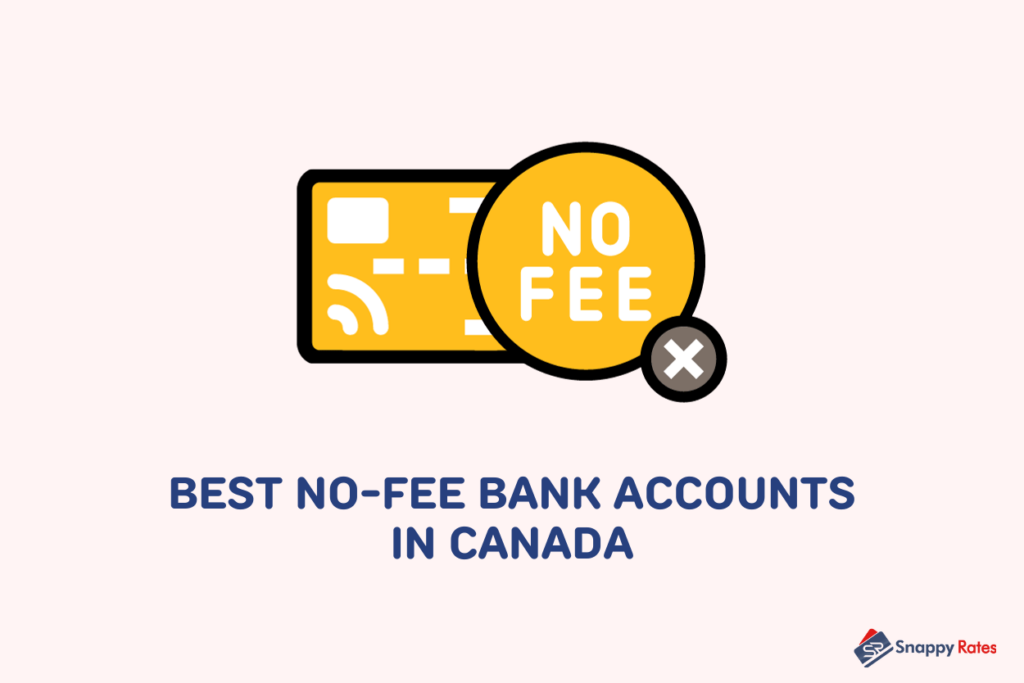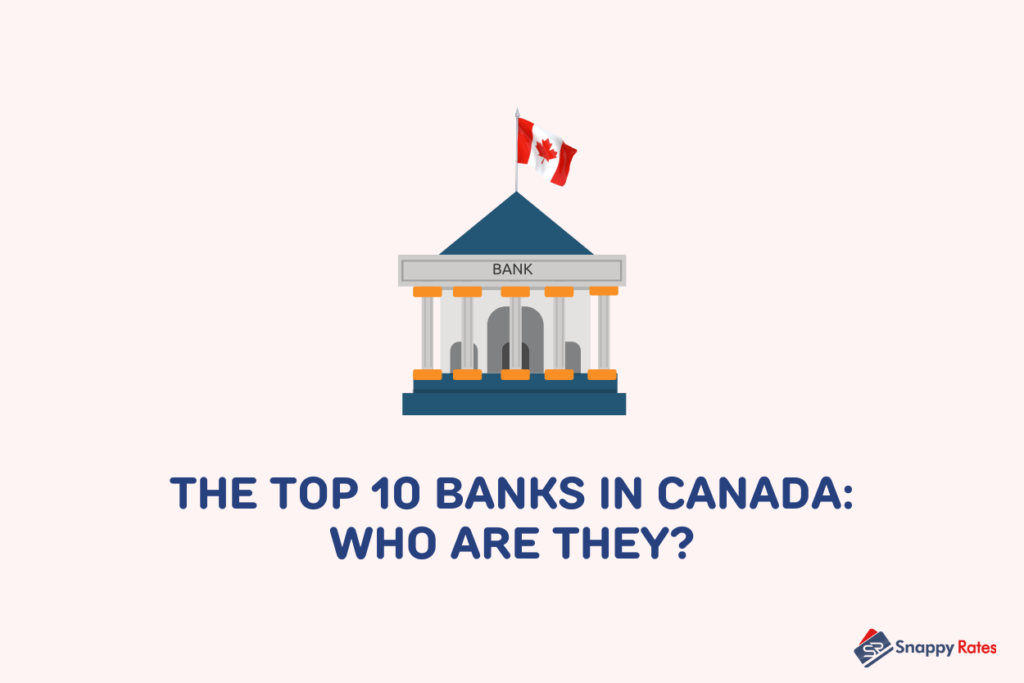When you spend more money than you have in your account, you may end up with a negative balance, also known as an overdraft, which usually comes with expensive service fees.
Fortunately, Canadian banks offer affordable overdraft protection to help you avoid steep overdraft charges and bank-breaking NSF fees.
This article will discuss overdraft protection, how it works, and the different types available in Canada.
Main Highlights
- Overdraft protection allows you to spend more than your account balance, up to a limit, in exchange for a monthly or per-usage service fee.
- The advantages of overdraft protection are avoiding expensive NSF fees and embarrassing situations of declined payments.
- A potential downside of overdraft protection is it might encourage you to overspend or have poor budgeting skills.
- On average, overdraft protection costs $5 monthly or per usage.
What is Overdraft Protection?
Overdraft protection is a financial service offered by banks to help you avoid expensive overdraft fees or declined transactions. It’s a kind of loan which allows you to spend more money than you have and avoid the usual costly NSF (non-sufficient funds) charges.
In exchange for this service, banks require you to pay a small monthly or per-usage overdraft protection fee, depending on your chosen plan.
How Does Overdraft Protection Work?
When you sign up for overdraft protection, the bank will set a predetermined overdraft limit for your account. Anytime your remaining account balance isn’t enough to pay for a certain payment or transaction, the bank will cover it in your stead as long as the amount is within your overdraft limit.
With overdraft protection, you’ll only pay your bank’s overdraft protection fee, which is significantly cheaper than the NSF fees you’ll receive if your payment is declined. NSF fees typically range from $45 to $48 per transaction, while overdraft protection only charges you around $5 monthly or per overdraft use.
You can review the example scenario below to learn more about overdraft protection.
Overdraft Protection Example
Imagine you have a chequing account at the TD Canada Trust with an outstanding balance of $200, and a pre-authorized payment of $400 is scheduled to come out.
This scenario has two potential outcomes, depending on whether you have overdraft protection.
Payment is Declined
Let’s say TD Canada Trust does not pay for your transaction. Hence, your payment has been declined. In that case, you’ll have to pay an NSF fee of $48.
Your Overdraft Protection Plan Kicks In
This is the best possible outcome for this scenario. With the overdraft protection plan, the bank covers your payment in exchange for the overdraft protection service fee.
You’ll be charged $5 for this transaction if you’re using the pay-per-use plan.
However, you won’t have to pay extra if you’re already subscribed to the monthly overdraft protection plan. This transaction would already be covered by the $5 service fee you pay every month.
As this comparison example proves, overdraft protection allows you to significantly lower your fees when you face a payment that exceeds what you have.
Types of Overdraft Protection
Two types of overdraft protection are available to Canadian banking customers: the monthly plan and the pay-per-use option.
Each plan is designed to meet different needs, so you must determine which option suits your financial situation best before applying for overdraft protection. Let’s discuss each plan in detail below.
Monthly Overdraft Protection Plan
The monthly overdraft protection plan is usually best-suitable for individuals often prone to overdrafts.
With this option, your overdraft protection will kick in automatically when your account balance falls below zero. As long as you stay within the overdraft limit set by your bank, you won’t be charged more than your monthly overdraft protection fee.
The fees for this plan vary between banks, but generally, you’ll pay $5 monthly.
Pay-Per-Use Overdraft Protection Plan
As the name suggests, with the pay-per-use overdraft protection plan, you only pay a fee when you use the service. This plan is often used by individuals who rarely have overdrafts, so they can avoid paying a monthly fee for a service they might not need.
Similar to the monthly overdraft protection plan, the cost per transaction with the pay-per-use plan varies depending on your bank. On average, however, you can expect to pay $5 every time you make a transaction that brings your account balance below zero.
Note: Some banks don’t offer Quebec residents the Pay-Per-Use overdraft protection plan.
Overdraft Protection Fees
Below’s a table you can reference to see how much major Canadian banks charge for their monthly and pay-per-use overdraft protection. The overdraft coverage of each bank is also included.
| Bank Name | Monthly Plan Fee | Pay-Per-Use Plan Fee | Overdraft Coverage |
| BMO | $5 | $5 | $250 to $2500 |
| TD | $5 | $5 | Up To $5000 |
| RBC | $5 | N/A | $500 to $5000 |
| CIBC | $5 | $5 | $100 to $5000 |
| Scotiabank | $5 | $5 | 250 to $5000 |
| Simplii Financial | $4.95 | N/A | Up to $5000 |
Note: Banks also charge additional annual interest rates on your overdrawn amount, which usually ranges from 19% to 21%.
Pros And Cons of Overdraft Protection
Overdraft protection comes with several advantages and disadvantages. It’s best to weigh out the pros and cons of this option to see whether it’s best for you.
Pros
- It offers a safety net for emergency expenses.
- You avoid expensive overdrafts and NSF fees.
- It helps you avoid embarrassing situations where your payment is declined.
Cons
- You have to pay a monthly or per-transaction fee.
- Not repaying your overdraft on time can negatively affect your credit score.
- Overdraft protection may encourage overspending and poor budgeting habits.
How to Apply for Overdraft Protection
There are several ways to apply for overdraft protection.
You can visit your bank’s local branch and get assistance from a representative, or you may do so remotely by applying online through your bank’s mobile app or website.
Some banks also offer the option to apply by calling their customer support number.
I suggest checking with your bank to see which application methods are available. By doing so, you can also double-check that you meet any eligibility requirements before applying.
Related: How To Improve Your Credit Score Quickly
FAQs
What does $200 overdraft protection mean?
A $200 overdraft protection means that the bank allows you to spend $200 more than your current account balance without extra fees apart from your overdraft protection fee. This allows you to avoid costly NSF charges when your balance falls below zero.
Do I get my money back from overdraft protection?
You don’t get your money back from overdraft protection. The amount you pay is a non-refundable service fee.
How many times can I use overdraft protection?
Overdraft protection doesn’t usually have a transaction frequency limit. Instead, it limits the amount you can spend when your account balance falls below zero, commonly called overdraft coverage.
Does an overdraft hurt your credit?
Using overdraft protection doesn’t hurt your credit score. However, if you don’t repay the overdraft amount on time, the bank may report your account to a collection agency, which can then negatively impact your credit.





